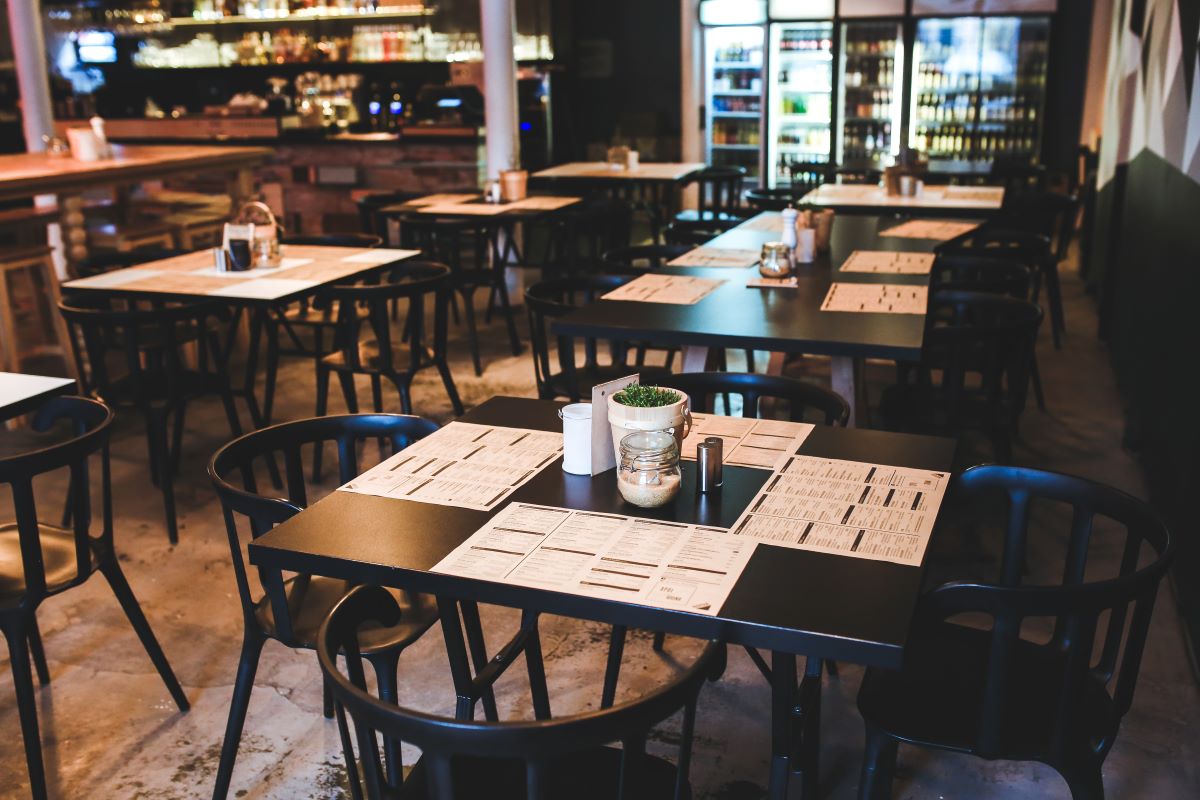Opening a new restaurant is both exhilarating and overwhelming, especially in the run-up to opening day. There’s so much that needs to be done to prepare the restaurant for paying customers, and it often feels like you’re putting out fires left and right. But nothing compares to the pain of creating a new kitchen from scratch.
A huge chunk of your investment will go towards the cost of restaurant equipment. You might be tempted to cheap out on certain things, but any experienced restaurateur knows that you’ll end up paying more in the long run. You’re going to have to buy a long list of equipment, including industrial-grade gas ranges, walk-in freezers, and all kinds of pots and pans, among other things.
If you think shopping is fun and easy, you obviously haven’t tried to stock a new kitchen. Here are a few tips and tricks that will help you save money and time when opening a new restaurant.
1. Plan the layout
Before anything else, you first need to plan the layout of the kitchen. You have to fit a long list of equipment in a small space, and planning allows you to make the most of your limited space. With space at a premium, it helps to think vertically when it comes to equipment placement. Install wall and hanging storage to save footprint for big-ticket items.
Make sure to take lots of measurements before heading to the supplies and equipment store. The last thing you need is a gas range that won’t fit in the space you have. Finally, the layout of your kitchen must be designed to ensure optimum efficiency. Think about the placement of individual stations and how they can work together.

2. Look for secondhand equipment
Just because you’re opening a new restaurant doesn’t mean everything has to be brand-new. Some items are best bought new from a reputable dealer like eLakeside, but most restaurant equipment is designed to last for a long time, and you’re better off looking for used equipment than buying something off the shelf.
Keep your ear on the ground for restaurant closures and quickly scoop up their old equipment before other people get their hands on them. Apart from metalware and glassware, you can also buy used grills, stoves, ovens, and other large equipment.
3. Don’t forget about the bar
Alcoholic beverages are one of a restaurant’s biggest moneymakers, so you need to include the restaurant bar in your plans. But the overall look and layout of the bar area are determined by the size and theme of your restaurant. For instance, it wouldn’t make sense to put an Irish pub inside an Italian restaurant.
If your liquor license allows you free rein on the type of alcoholic beverages you can offer, you may build a full bar onsite. Otherwise, a service bar should work just as well, although you may not serve people directly. Customers have to order from their table, and a server will bring their drinks to them.
The bar station should be kept separate from the main kitchen. Diners typically want to see their drinks made in full view, and it also helps with space management in the kitchen. Make sure to invest in good bar equipment such as shakers, beer lines, and glassware.
4. Consider catering
With most people at home, foot traffic is bound to be a problem. Many restaurants have shifted to home deliveries and catering to make ends meet while people are in quarantine. If customers can’t go to your restaurant, your next best option is to bring the food to your customers. You can tweak your existing menu to make it delivery-friendly, although you may have to invest in additional equipment designed for catering.
Catering equipment is also a must-have if your restaurant is located in a business district. Offices tend to cater lunches for meetings and functions, and you can expand your business beyond the confines of your restaurant if you open yourself up to caterings.
5. Partner with a good laundry service
If you run a fine dining establishment, then you know that details are everything. One of the things you need to keep an eye on is the cleanliness of the linens. Customers will definitely notice if you’re reusing soiled napkins and tablecloths, so make sure to have a healthy stock of clean linens at the ready in case of spills. Nothing says fine dining better than a crisp white tablecloth.
Of course, linens don’t clean themselves. It pays to partner with a professional laundry service to keep your napkins and tablecloths clean. Washing and pressing can get expensive, so negotiate a discount with your partner in exchange for exclusivity.
A final word
These things will help you save money on restaurant costs. There are many ways to cut costs, but you also need to know where to draw the line for economizing. Otherwise, the quality of service might be affected, which doesn’t bode well for your restaurant.


